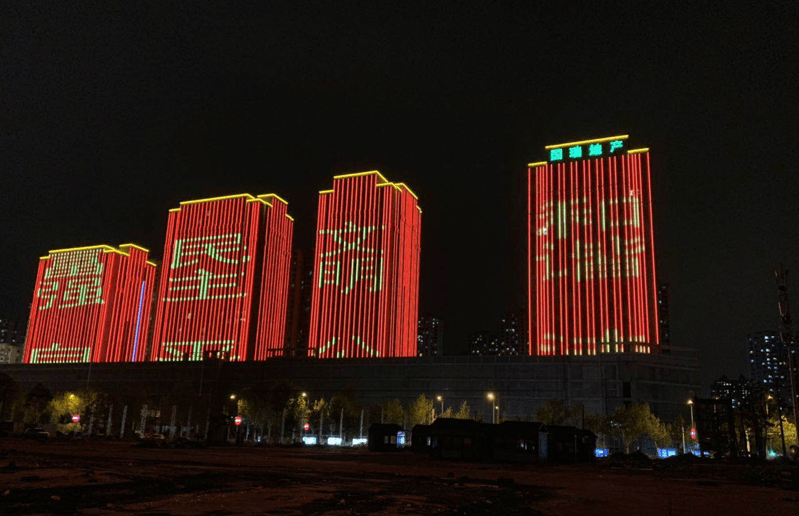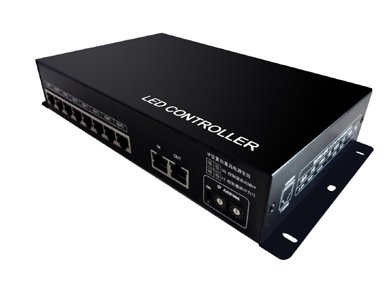1. Urban lighting projects should reflect local cultural characteristics. They should comply with the general public's cognitive abilities, allowing one to immediately grasp the architectural belonging.
2. Lighting should emphasize the structure of the building. Building illumination plays a significant role in highlighting the city's characteristics, enhancing the city's image, and improving the living environment of its residents.
3. The lighting should be moderate to avoid glare. Glare can be blinding, making other objects invisible. It is one of the key causes of visual fatigue, especially at night when road visibility is low, making glare a dangerous element.
4. Implement safety measures well. Roads and squares see significant foot traffic and concentrated human activity, so it's crucial to ensure the safety of lighting installations.
5. Aim for green lighting. From the perspective of sustainable energy development, lighting design should encompass energy-saving and environmentally friendly consciousness to achieve the desired effect without wasteful extravagance.
6. Use in-ground lights cautiously, and it's advised not to use them on roads with high traffic volumes. In-ground lights are expensive, can produce glare, and are difficult to maintain. - Author: Lumider


 6W LED module spot light beam ...
6W LED module spot light beam ... 思域EN-402W 说明书 V1.0 (适用A1)
思域EN-402W 说明书 V1.0 (适用A1) 思域EN-508W 说明书 V1.0 (适用于A1)——PC ...
思域EN-508W 说明书 V1.0 (适用于A1)——PC ... 思域SN-500 说明书 V2.2 (适用B2, C2, C ...
思域SN-500 说明书 V2.2 (适用B2, C2, C ...